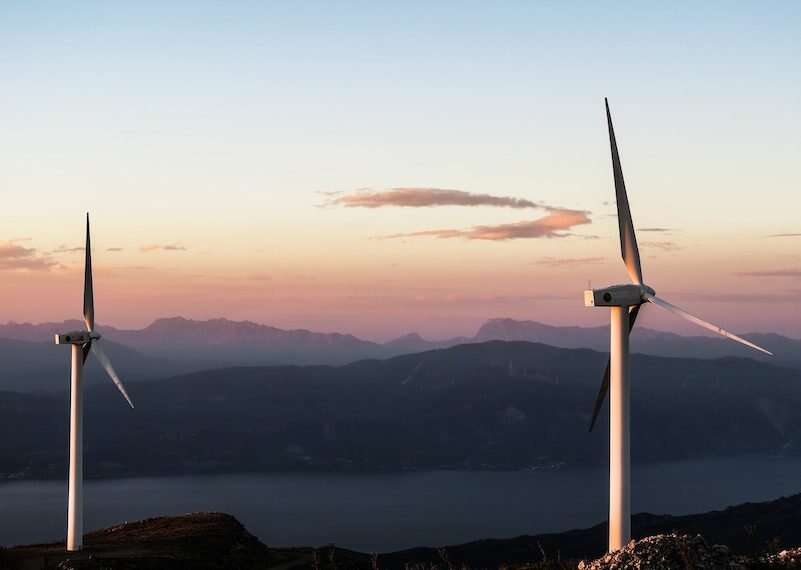Fossil fuel demand falls 25% by 2030, fossil sector methane emissions drop by three-quarters, energy efficiency adoption doubles, global renewable energy capacity triples, and annual clean energy investment rises from US$1.8 trillion in 2023 to $4.5 trillion by the early 2030s in the latest net-zero roadmap published this morning by the International Energy Agency.
“The pathway to 1.5 ̊C has narrowed in the past two years, but clean energy technologies are keeping it open,” said IEA Executive Director Fatih Birol, in a release summarizing the 227-page document. That puts the onus on COP 28 negotiators in Dubai later this year to “commit to stronger ambition and implementation,” the IEA adds.
The report lands scarcely a week after Calgary hosted the World Petroleum Congress, the self-styled “Olympics of oil and gas”, where fossil industry delegates took the IEA and the Canadian government to task for stressing the opportunity and the urgency in the shift to carbon-free energy.
“Keeping alive the goal of limiting global warming to 1.5 ̊C requires the world to come together quickly,” Birol said. “The good news is we know what we need to do—and how to do it,” but “we also have a very clear message: Strong international cooperation is crucial to success. Governments need to separate climate from geopolitics, given the scale of the challenge at hand.”
Click here for the rest of this story, including the odd collision between the IEA’s latest findings and the industry rhetoric at last week’s World Petroleum Congress.











